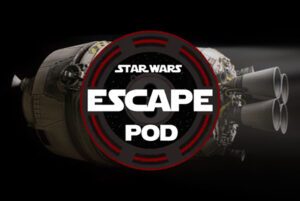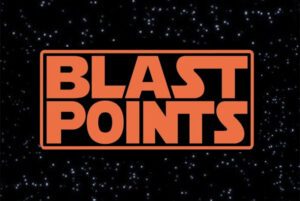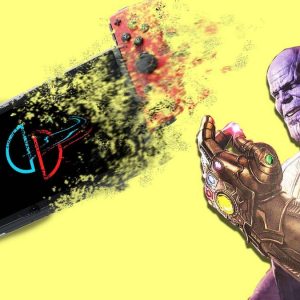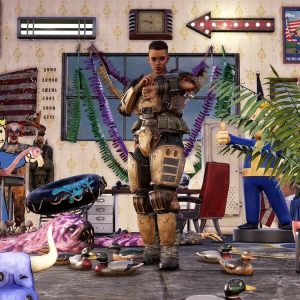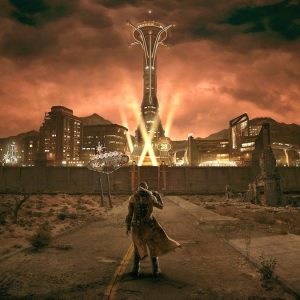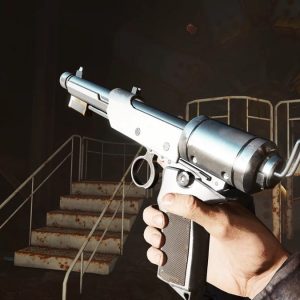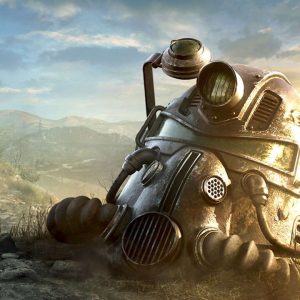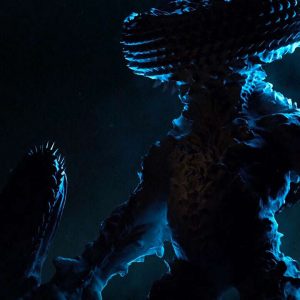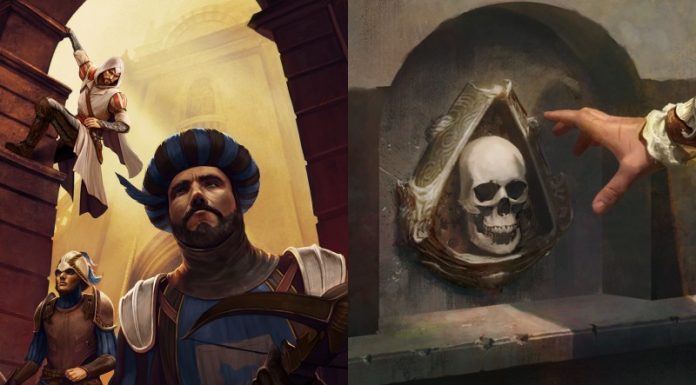Back from the grave.
In an era of classics, minis, and collections where rewind buttons, remixed roms, and refined emulation have become common perks for people revisiting classics, old games are getting the royal treatment these days. Unfortunately, the Castlevania Anniversary Collection has none of those. But it does boast the best games, emulation warts and all, of any recent collection (the Mega Man Legacy Collection is its closest rival). Most of the eight Castlevania games compiled here feel great, look great, and sound great, and though the only real emulation feature is a single save state per game, that’s enough. The Castlevania games are that good.
The Games
The Castlevania Anniversary Collection is full of fun, interesting games spanning the 8-bit and 16-bit eras. Castlevania and Castlevania III: Dracula’s Curse are masterpieces: Gorgeous, goofy, twitch-fast platformers, as fun and accessible today as they were decades ago, matched only by the Super Mario and Mega Man series from the NES era.
The 16-bit games are also great; Super Castlevania IV and Castlevania Bloodlines show off now-outdated but once-impressive graphical effects that are fun to revisit. At the other end of the spectrum are two poorly programmed Game Boy games that just don’t work. Finally, there’s Kid Dracula, a fascinating spinoff that never came to the US… until now.
Here are mini-reviews for each of the Castlevania Anniversary Collection games:
Castlevania

The original Castlevania is the best game in this collection. It demonstrates total mastery of NES hardware and game design: Backgrounds and settings don’t repeat but instead hint at the larger world, with late-game bridges and towers looming in the distance, painted in vivid blacklight poster colors. Giant boss sprites pop off the screen with lively animations that you are *just* fast enough to outmaneuver. The music rips: The baroque Bach organ jams that inspired 1980s heavy metal shredding guitars in turn inspired Castlevania’s composers to make some of the best electronic music ever committed to a chip. The feel is just right: Whipping, jumping, freezing time, discovering secrets… This is a desert island game for me. It doesn’t get any better: Play Castlevania before you die.
Score: Masterpiece
Castlevania II: Simon’s Quest
Like Zelda II, Simon’s Quest is a failed but fascinating attempt at making an RPG platformer before technology and localization practices were ready for it. It’s an open world to explore with the exact same jumping and whipping of its predecessor; how good does that sound? The problem is that jumping and whipping aren’t the only tools you need to explore the world, as its extremely obscure puzzle solutions just can’t realistically be solved without a walkthrough. Equipping a crystal and kneeling at a cliff may be hinted at by a villager, somewhere, in poorly translated text, but putting together the clues just isn’t fun. And as someone who lived through the pre-internet era and bought this game new, putting together those clues wasn’t even attempted: We used guides. I recommend these ones.

(Yes, you can just use a FAQ). With a guide, Simon’s Quest still has challenging combat — and is a lot more fun.
Score: Okay
Castlevania III: Dracula’s Curse
Dracula’s Curse abandons most of the failed experimental exploration stuff of Simon’s Quest and returns to basics. But it does add three more playable characters, including Grant, who can climb walls (the controls aren’t great) and Alucard, who can turn into a bat and just skip tough platforming sections. There are a few branching paths to consider, but Dracula’s Curse is still mostly linear. The graphics pushed the NES hardware with the same crazy detail of the first game: a clocktower with spinning gears, stained glass windows in a dark chapel, and a weird, dayglo forest are some of the best Castlevania locales, ever. Dracula’s Curse features some of the series’ best tunes, too. It doesn’t get any better than the weirdo harpsichord and organ-drenched Clocktower theme.
Score: Masterpiece
Super Castlevania IV

Super Castlevania IV is something of a technical showcase but less fun than its 8-bit predecessors. It has Indiana Jones-style ceiling swinging, giant rotating sprites, and a silly dangling limp whip — all things that probably couldn’t be pulled off on the NES. But the character sprite is just kind of big and awkward. I find Super Castlevania IV a lot uglier than the previous games, too, with a weird pastel color scheme and sub-par monster designs. It does have a great soundtrack with hilarious imitations of slap bass tones.
Score: Good
Castlevania Bloodlines

A Genesis exclusive, Bloodlines took advantage of the lighter restrictions on violence on that system and went for full gore gross-out moments. Gore fits Castlevania really nicely, and the Genesis game draws an interesting contrast with the clean, muted, SNES game. At this point, I prefer it. One of the two playable characters has a spear, which feels terrible compared to a whip. Pick Morris. Bonus: He’s from Texas.
Score: Great
The Castlevania Adventure
This is the worst game in the collection. Your character moves painfully slowly and it’s clear that Konami just didn’t have the Game Boy hardware figured out. But it’s still worth playing, in a way! Here’s what you do: Play The Castlevania Adventure for 90 seconds, and then immediately switch to the best game in the collection, the original NES Castlevania. The contrast in speed is remarkable, and it makes the NES Castlevania feel like the speediest bullet-hell shmup by comparison. It’s a fun contrast.
Score: Awful
Castlevania II: Belmont’s Revenge

Konami doubled down on the mistake that was the Adventure engine in Castlevania II. Although it has a really cool Mega Man-style menu that allows you to start Belmont’s Revenge in different areas and remarkable grayscale graphics, the gameplay is unchanged and still painfully slow. Maybe both Game Boy Castlevanias are secretly set underwater?
Score: Awful Point Five
Kid Dracula

Kid Dracula is a weird, wonderful game that should have come to the US but didn’t. It almost feels like a fan mod of Castlevania. The basic building blocks of Dracula’s castle are there — but they actually look like children’s building blocks. The chibi Dracula plays more like Mega Man than Alucard, shooting projectiles and upgrading to new, weird weapons after each boss fight, like a homing spread shot and an exploding bomb. You even get to turn into a bat, eventually, which is helpful in the brutally difficult ramp up in platforming. Perhaps the best part of the Cutesy-vania theme is the music of the first level of Kid Dracula, a major key, happy-sounding remake of Dracula’s Curse’s first level song. Also: Kid Dracula takes place “10,000 years later?” (the question mark is Konami’s) according to the Collection’s bonus materials, so now you know how the story ends (a spinoff story).
Score: Great
The Collection
Each Castlevania game in the Anniversary Collection looks clean and nice, with sharp pixels and brilliant colors. In other words, nothing like an authentic CRT screen. There are stretching and interlacing options but they don’t help. Most people accept this clean, see-every-pixel presentation these days, though, and it doesn’t overly cramp Castlevania’s style.
For a series that’s so famed for its music, I was sad to experience some audio issues. In Castlevania, a mysterious, loud, R2D2-like beeping showed up in the second level, but it went away for the third. While playing Kid Dracula all of the music became static and scrambled, even when I quit out to the main menu. I had to reboot the Collection to solve that issue. When the music works, which is most of the time, it sounds fantastic, with Konami’s unique instrumentation sounding crystal clear.
There’s another sound issue, though: You must enter a sequence of menus to access save states (already annoying), and as you do that the sound each action makes is an ear-splitting high-pitched tone. It’s awful, and it bugged people in the office as much as it bugged me while I played.
No other special modes are offered in the Castlevania Anniversary Collection, like the boss rushes in the Mega Man Legacy Collection, or the watch-along that you hop into and take over in the SNK 40th Anniversary Collection. There aren’t any gameplay rewind features either, and there’s only a single slot to save each game. This is vanilla emulation, and that’s disappointing.

Aside from the games themselves, there is a bonus e-book with history, timelines, and mind-blowing concept and design docs. I am very happy these are out there and preserved. The book also has a few interviews, the highlight of which is with Michiru Yamane, who composed music for Castlevania and Contra games. She’s one of my all-time favorite game composers (check out her Bloodlines tunes in this collection; she did Symphony of the Night after that!) and her inclusion here is extra awesome – she calls out Bach and Kraftwerk as influences, which made me very happy.
The Verdict
The Castlevania Anniversary Collection may sport bare BONES emulation, but FRANKly that doesn’t matter, as most of the eight games are just so darn good. I’d go to BAT for rating Castlevania and Castlevania III: Dracula’s Curse as masterpieces that everyone should play. Sure, the Game Boy games SUCK, but they are historically interesting and I’m glad they were included. I WOLFED down hours of Castlevania this week, and I’ve played these games my whole life – the Switch version made it easy to WHIP out these classics anywhere, too, so I’m thankful for that. The Castlevania games are UNDYING wonders I’m happy they are being preserved for future generations.
